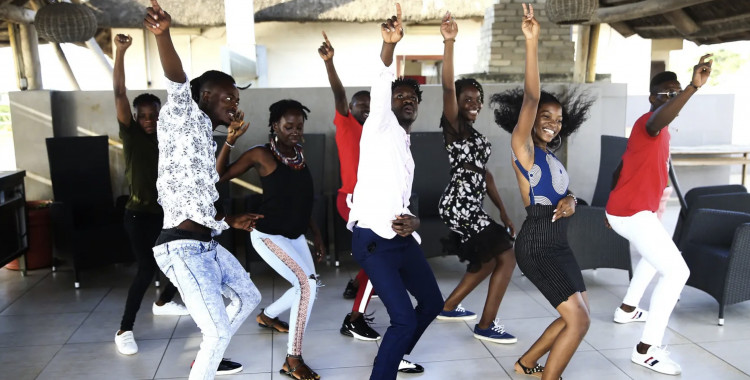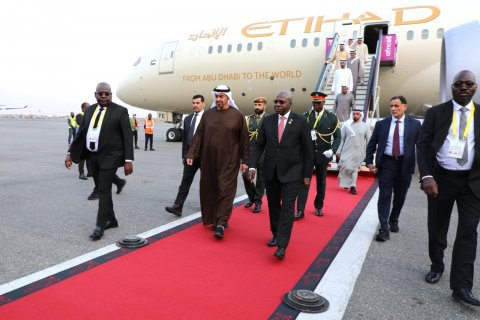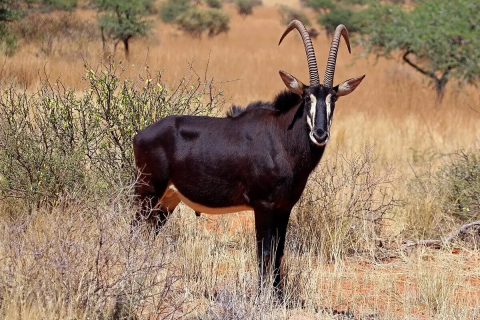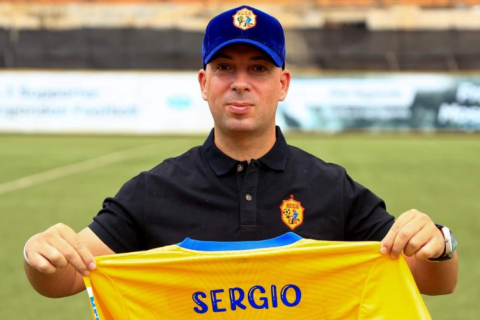"Semba as Intangible Heritage: Policies, Images and Sounds of Culture in Angola" was the doctoral thesis by Portuguese anthropologist André Castro Soares, where he considers that semba – as a genre of music and dance elevated to national intangible historical-cultural heritage in 2023 – is a "tool for dialogue and social transformation".
The author highlighted, this Tuesday, in an interview with Lusa, the importance and potential of semba for the sustainability and identity affirmation of Angolans, inside and outside the country, noting that his anthropological analysis, prepared over two years, opens paths to greater appreciation.
"The thesis shows the way. If communities preserve their heritage, work and create repertoires, new narratives or reformulate old narratives, they can survive", he said.
"But then they need to be accompanied by State policies, something that is often not done", he highlighted, also considering that it can help communities and groups to find their work and, therefore, the sustainability of musical projects.
With the appreciation of semba, through its recognition as heritage, its creators will be able to "develop phonographic works (records and songs) that can later feed the media industry, radio and television, tourism and others", highlighted the author.
André Castro Soares, 45 years old, born in Vila Nova de Gaia, who worked for eight years in Luanda at Public Television of Angola (TPA), through Semba Comunicação (then content manager of TPA's Channel 2), said that the research was born from the musical expression of Semba in the Luandense "musseques".
From contact with Semba makers, from singers, such as the members of Banda Maravilha, to instrumentalists, particularly Jorge Mulumba, member of the folkloric group "Nguami Maka" and teacher of the "dizanka" – traditional friction idiophone made of wood or bamboo –, to Semba groups and schools in the neighborhoods, André gained the basis for his thesis.
"That's when we started to work on the importance of intangible cultural heritage, aiming to feed communities in a sustainable way", he recalls, also highlighting work developed with the director of the National Institute of Cultural Heritage (INPC) of Angola.
The thesis indicates that these people "with this heritage asset that is semba, with the knowledge they acquire in an 'aural' and not oral way, because it also involves the body and ecological learning, they are able to become the ones to preserve their heritage and make money from it", he highlighted.
André Castro Soares also highlighted that the thesis highlighted the challenges faced by communities and groups that are exponents of the musical genre, such as precariousness and lack of knowledge, warning of the importance of an "inclusive and sustainable approach to the promotion and preservation of semba".
"It is necessary to involve the Angolan academy in these processes to help the communities", he argued, highlighting, however, the absence of dedicated spaces for cultural groups (dance, music, carnival) to develop and improve their activities.
It also brings the concepts of "frictions" and "pollinations" in the universe of semba in Angola, considering that these two axes, the first emanating from the sound of "dikanza" and the second from social reflections and state policies, are "catalysts of progress observed in semba".
"INPC is being pollinated by these groups and these are being pollinated by State policies, between awards, competitions, presentations and others and, basically, from the music I read what Angolan society is, how it works a lot with pollination and friction", concluded the author.
The Government develops actions to inventory the semba intangible heritage on the UNESCO list.







